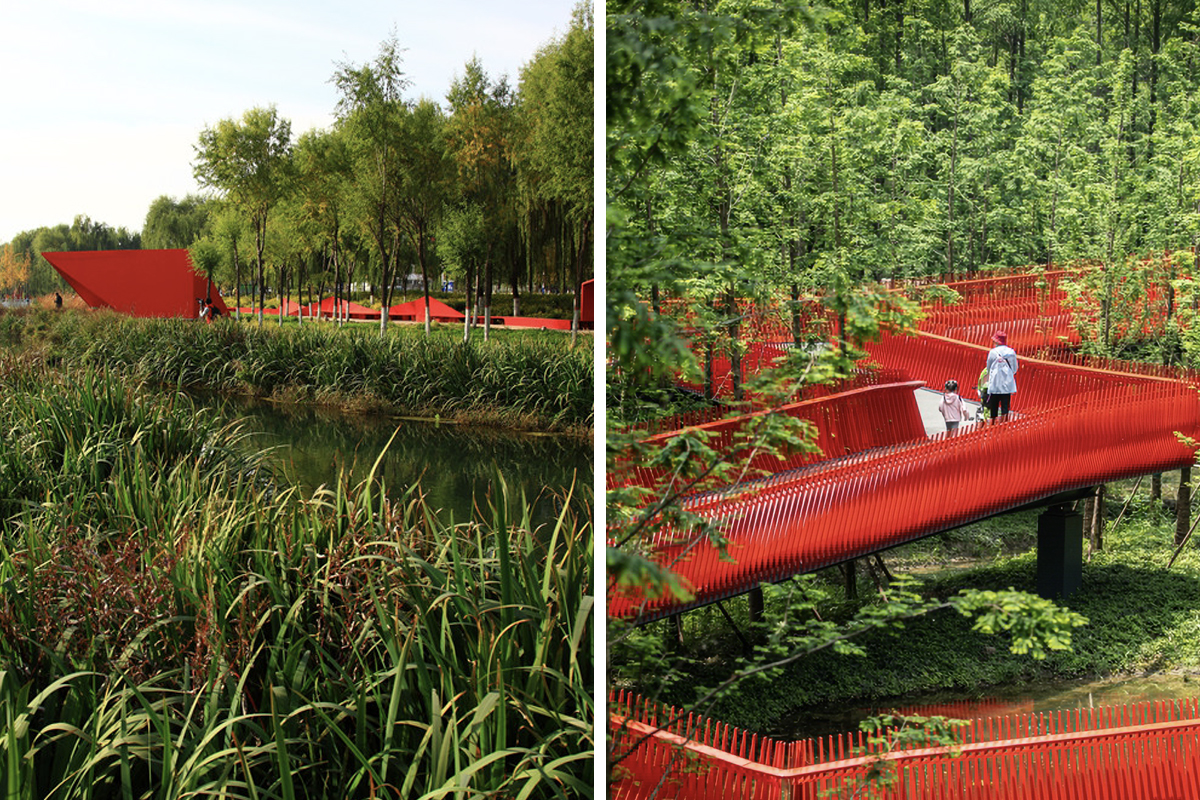
Revolutionary Sponge City Concept Can Solve Water Problems Instead Of Creating Them
By 2050, the world’s population is expected to reach 9.8 billion and nearly 70% of this ever-growing population (6.7 billion people) is projected to live in urban areas.
China, which now has the 2nd largest population in the world, is suggesting a Sponge City concept that could help prevent flooding, create healthier urban environments and build a more resilient future.
More info: TURENSCAPE
The Sponge City concept was first proposed in 2000 by Chinese landscape architect and professor Yu Kongjian
Image credits: TURENSCAPE / Kongjian Yu
Image credits: TURENSKAPE / Jiaxing Xinanhu Park
Image credits: TURENSKAPE / Jiaxing Xinanhu Park
Image credits: TURENSKAPE / Qian’an Sanlihe River Ecological Corridor
Kongjian Yu is a professor of landscape architecture at Peking University and also the founder of the planning and design office Turenscape in Beijing. Yu was the first one to develop the Sponge City idea: to create urban areas that could retain, clean and reuse stormwater, effectively collecting and recycling rainwater and redirecting it to areas in need of water.
When Yu was only 10 years old, he almost lost his life in a flood while working in a rice field. This terrifying experience gave him a personal motivation to take on the challenge of flooding.
The Sponge City concept first appeared in 2000. Yu gave hundreds of lectures, wrote lots of books, and posted several open letters to the Chinese government suggesting more sustainable nature-based solutions, yet got more serious attention only in 2012 due to the catastrophic Beijing flood that caused 79 deaths and prompted the top Chinese authorities to accept the Sponge City concept by making it a nationwide policy.
A Sponge City is designed to mimic natural processes, allowing urban areas to absorb, store and purify rainwater
Image credits: TURENSKAPE / Quzhou Luming Park
Image credits: TURENSKAPE / Quzhou Luming Park
Taking inspiration from international integrated urban water management (IUWM) strategies, including sustainable drainage systems (SuDS) seen in the UK or low-impact developments (LID) in the US, Yu’s Sponge Cities bring innovation by controlling urban flooding, water pollution and recycling rainwater.
“Sponge Cities are inspired by the ancient wisdom of farming and water management that use simple tools to transform the global surface at a vast scale in a sustainable way. More than ever, facing global climate change and destructive industrial technologies, we have to rethink the way we build our cities, the way we treat water and nature, and even the way we define civilisation,” Yu shared his thoughts.
“A Sponge City follows the philosophy of innovation: that a city can solve water problems instead of creating them. In the long run, sponge cities will reduce carbon emissions and help fight climate change,” added Qiu Baoxing, a former vice-minister of housing and urban-rural development.
It’s important to mention that Kongjian Yu’s vision goes far beyond a scattering of parks: his Sponge City features vast stretches of green and blue, where ponds and wetlands are allowed to co-exist with highways and high-rises.
“It is showing that ecological design can be about more than just green roofs and rain gardens – it can be a revolutionary rethink of the very texture of a city,” shared Nanco Dolman, who works in the Water Resilient Cities group at the Dutch civil engineering firm Royal Haskoning DHV.
One of the key components of a Sponge City is permeable pavements, which not only reduce the risk of flooding but also mitigate the heat island effect
Image credits: TURENSKAPE / Benjakitti Forest Park
Image credits: TURENSKAPE / Shangrao Xinjiang Ecological Park
Image credits: World Economic Forum
Sponge city designers are suggesting to use green spaces not only as public enjoyment but as well as a tool for managing the increasingly acute water crisis. Especially nowadays, when extreme weather events such as floods, drought, hot spells, and storms are becoming more frequent and severe due to climate change.
“The denser cities are developed, the more impervious surfaces are used, the worse the impacts of climate change are becoming. Once the capacity of these structures is exceeded, then water starts backing up, and its problems are exacerbated because of the lack of the natural absorbency of large areas of soil and vegetation,” said Michael Kiparsky, director of the Wheeler Water Institute at the University of California.
“The most interesting part about natural infrastructure that’s used to create Sponge Cities is the fact that it is a multi-benefit approach. It does many, many things – and it does many things that traditional infrastructure simply can’t do,” added Kiparsky.
The Sponge City is a solution for the climate crisis that, with the help of green infrastructure, can facilitate the infiltration, absorption, storage and even purification of surface waters
Image credits: TURENSKAPE / Shangrao Xinjiang Ecological Park
Image credits: TURENSKAPE / Shangrao Xinjiang Ecological Park
Since the pioneering projects started in China about ten years ago, many cities around the world have implemented Sponge City concepts as well, including Singapore, Copenhagen, Vienna, Rotterdam, as well as Hamburg, Berlin, Munich, Ludwigsburg and Leipzig.
In 2023, Kongjian Yu’s Sponge City concept received the prestigious Cornelia Hahn Oberlander International Landscape Architecture Prize (“Oberlander Prize”) by showing that a water-conscious city can not only reduce the risk of flooding but also simultaneously enhance the quality of urban life.
People on the internet shared their thoughts about this futuristic city concept
Give it ten seconds before certain people decide it's a government plot to control everyone. I thought walkable cities were a neutral concept--some people like to be able to walk to everywhere they need to go. Apparently this is a government plot to herd everyone into one place and then destroy us all.
Give it ten seconds before certain people decide it's a government plot to control everyone. I thought walkable cities were a neutral concept--some people like to be able to walk to everywhere they need to go. Apparently this is a government plot to herd everyone into one place and then destroy us all.

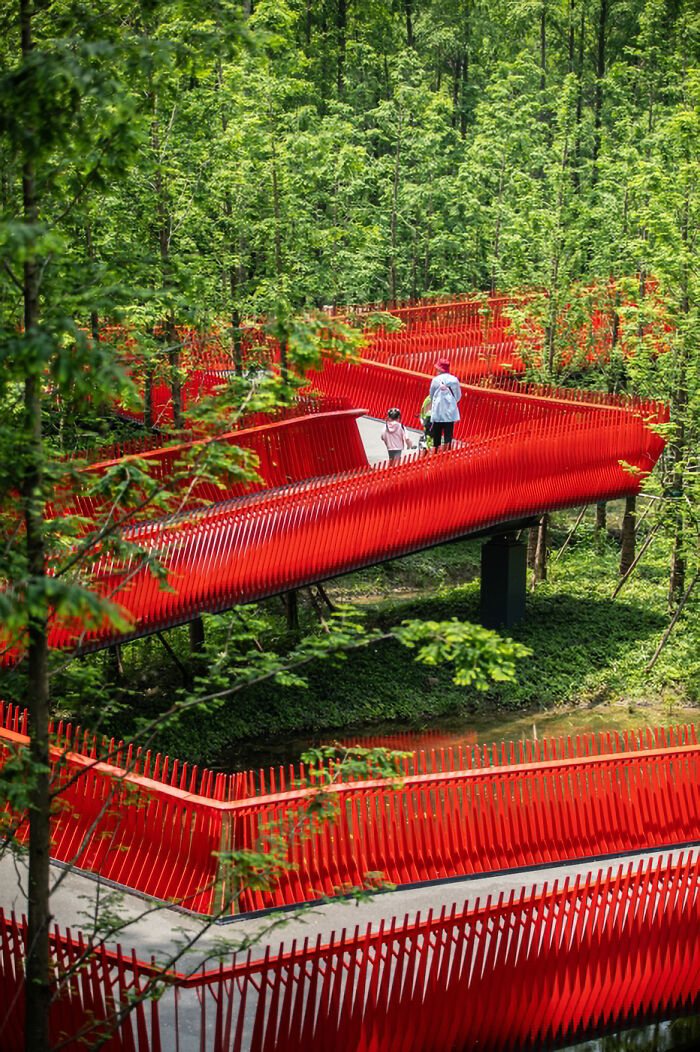
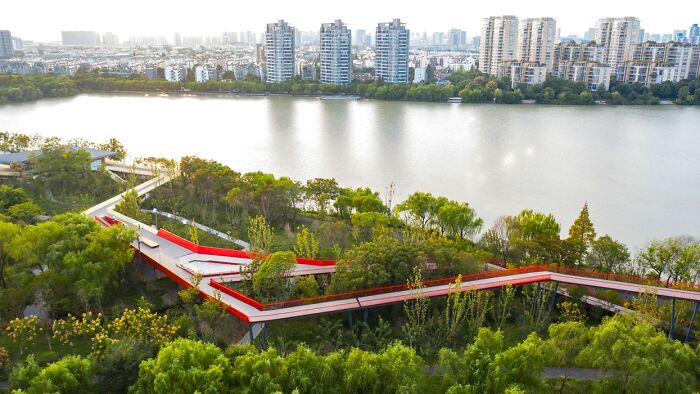
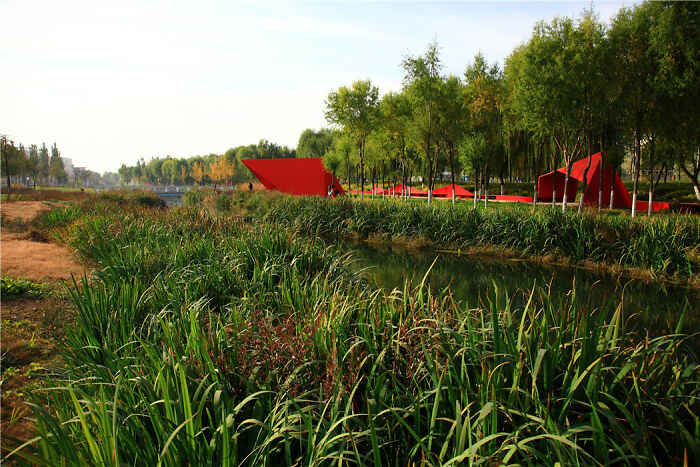
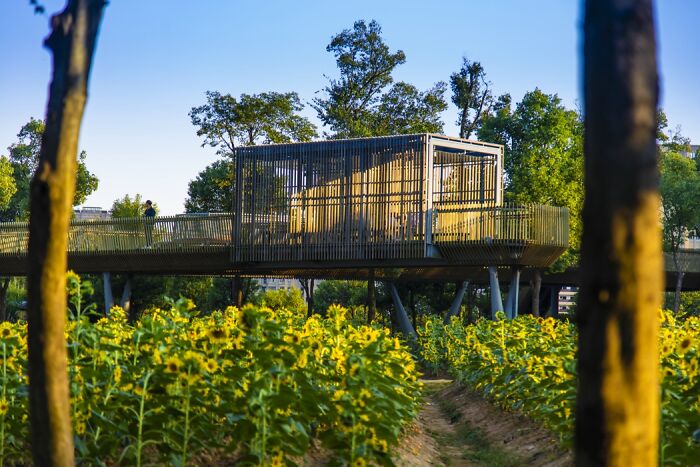

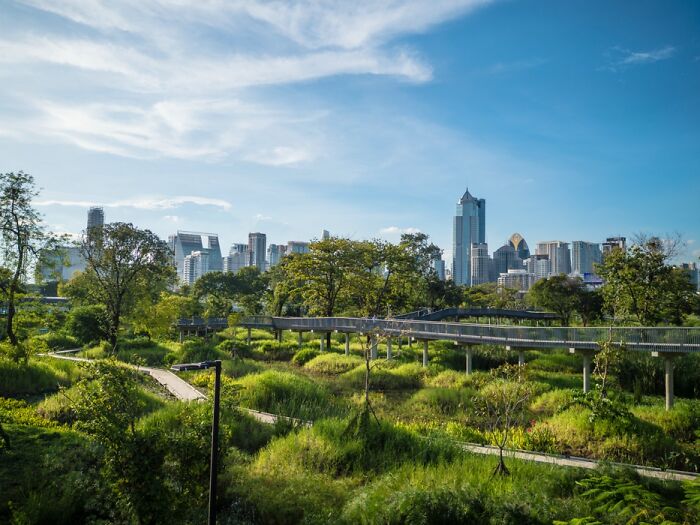
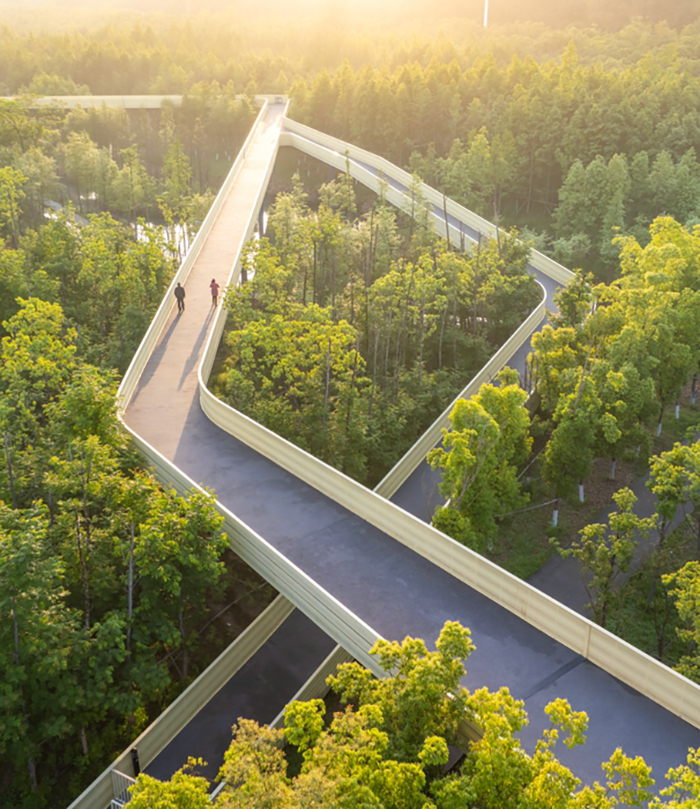
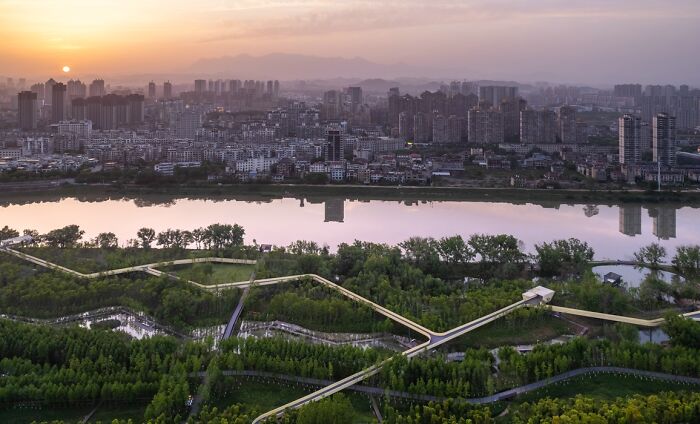
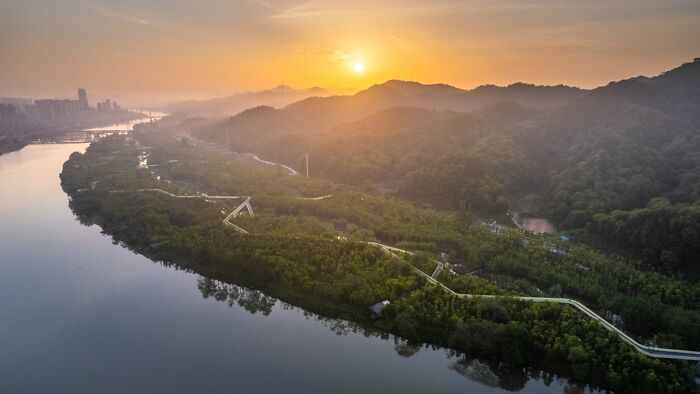


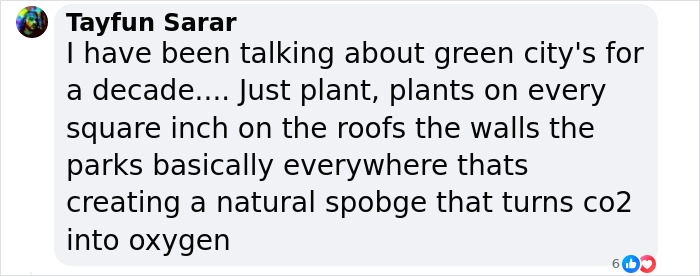





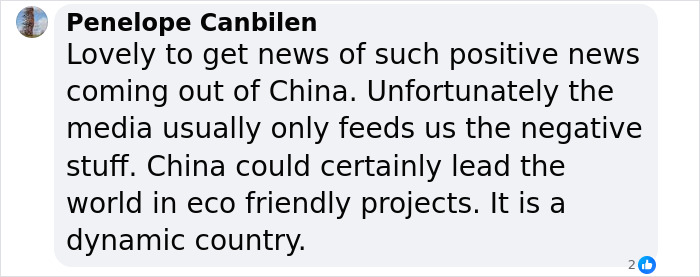







71
12